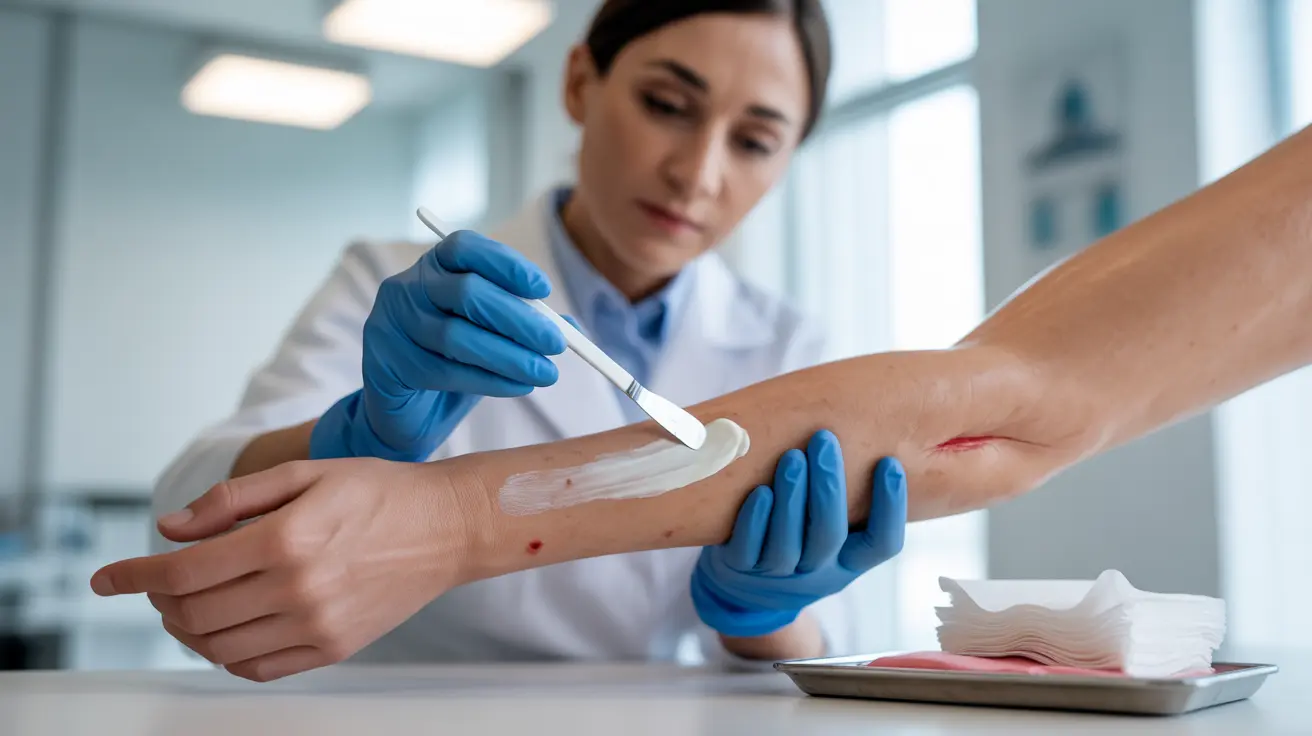Chemotherapy cream, also known as topical chemotherapy, has become an increasingly important treatment option for certain types of skin cancer. This localized treatment method allows patients to apply medication directly to cancerous areas, offering an alternative to more invasive procedures. Understanding how these creams work and their proper use is essential for anyone considering or prescribed this treatment.
This comprehensive guide explores the effectiveness, application methods, and important considerations for using chemotherapy cream in skin cancer treatment. We'll examine the benefits, potential side effects, and what to expect during the treatment process.
Understanding Topical Chemotherapy for Skin Cancer
Chemotherapy cream is a targeted treatment that works by destroying cancer cells while minimizing damage to surrounding healthy tissue. The most commonly prescribed types include 5-fluorouracil (5-FU) and imiquimod, which work through different mechanisms to combat cancer cells at the skin's surface.
These medications are typically prescribed for superficial skin cancers, particularly basal cell carcinoma and certain forms of squamous cell carcinoma. They may also be used to treat precancerous conditions like actinic keratosis.
Treatment Effectiveness and Applications
The success rate of chemotherapy cream varies depending on the type and stage of skin cancer being treated. For superficial basal cell carcinoma, studies have shown success rates between 80-90% when used as directed. The treatment is particularly effective for early-stage cancers and precancerous lesions.
Treatment Duration and Protocol
A typical treatment course usually spans several weeks, with specific application schedules determined by your healthcare provider. Most patients apply the cream once or twice daily for 4-8 weeks, though this can vary based on the specific medication and condition being treated.
Managing Side Effects and Skin Care
During treatment, patients typically experience localized skin reactions that indicate the medication is working. Common reactions include:
- Redness and inflammation
- Mild burning or stinging
- Crusting and scabbing
- Temporary skin discoloration
- Increased sensitivity to sunlight
These side effects are generally most pronounced in the final weeks of treatment and typically resolve after the treatment course is completed.
Essential Precautions During Treatment
To maximize treatment effectiveness and minimize complications, patients should:
- Avoid sun exposure and use broad-spectrum sunscreen
- Keep the treated area clean and dry
- Follow application instructions precisely
- Report any severe reactions to their healthcare provider
- Avoid applying the cream to unaffected skin areas
Recovery and Healing Process
The healing process typically begins shortly after completing the treatment course. Most patients see significant improvement in side effects within 2-4 weeks after finishing treatment, though complete skin healing may take several months.
Frequently Asked Questions
What are the common side effects of using chemo cream for skin cancer treatment?
Common side effects include redness, burning, inflammation, crusting, and increased sensitivity to sunlight. These reactions typically indicate the treatment is working and usually peak during the final weeks of treatment.
How effective is chemo cream in treating superficial skin cancers like basal cell carcinoma?
Chemotherapy cream shows high effectiveness rates of 80-90% for superficial basal cell carcinoma when used as directed. Success rates vary depending on the specific type and stage of skin cancer being treated.
What precautions should I take to protect my skin while using chemo cream for skin cancer?
Key precautions include avoiding sun exposure, using broad-spectrum sunscreen, keeping the treated area clean and dry, following application instructions carefully, and reporting any severe reactions to your healthcare provider.
Can chemo cream be used to treat all types of skin cancer, or are there limitations?
Chemo cream is most effective for superficial skin cancers like basal cell carcinoma and some forms of squamous cell carcinoma. It's not typically recommended for deeper or more aggressive skin cancers, or for melanoma.
How long does it typically take for the skin to heal after completing chemo cream treatment for skin cancer?
Most patients begin seeing improvement in side effects within 2-4 weeks after completing treatment. Complete skin healing may take several months, with the treated area gradually returning to normal appearance.




